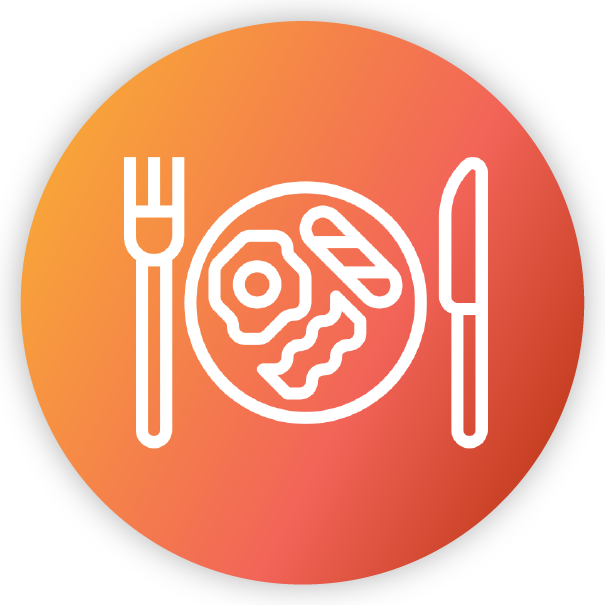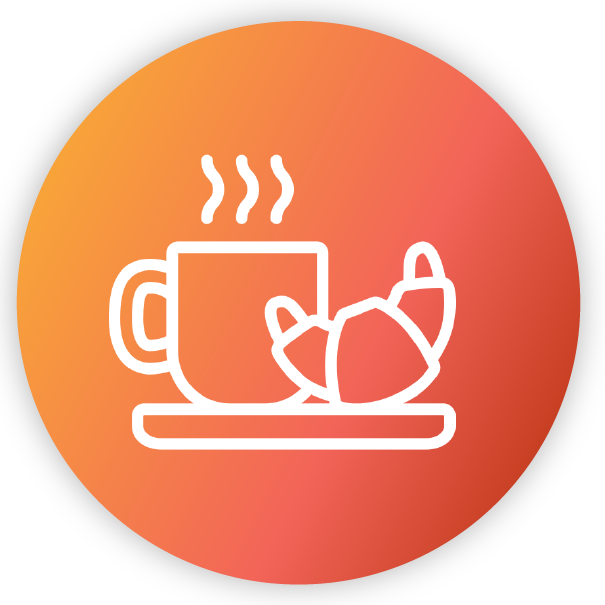People have a wide variety of breakfast preferences. Our client, a Malaysian quick service restaurant, wanted a fresh way to group their breakfast customers. Instead of relying solely on traditional demographic information, they wanted a more personal approach that would resonate with each group’s unique habits.
Understanding personal details – like how people feel in the morning, what they choose as a breakfast food, and where they tend to eat it – is crucial to this type of approach. And as it happens, this data is all over social media. So the client came to us for help with extracting, cleaning, and analyzing this data to shape their customer segmentation strategy.
Social Media as Morning Routine Forum
It’s quite common for people to post their morning plans (as well as their mood) on social media. Knowing this, we decided that the first phase would be to find answers to these questions:

What do you do in the morning? (e.g. jog, yoga, read, sleep, go to work)

How do you feel in the morning? (e.g. tired, sleepy, energized, lazy)

Where do you eat breakfast? (e.g. home, café, car, office)

What do you eat for breakfast? (e.g. nasi lemak, toast, mie goreng, eggs, etc.)
Collecting this information across huge numbers of social media posts allowed patterns to emerge, which were used as the basis of a more advanced, multidimensional customer segmentation strategy.
Uncovering Patterns with AI, Machine Learning, and Text Analysis
This in-depth segmentation approach is made possible by a three-part process:
- First, raw data from blogs and social media APIs is gathered by our customized data extraction tool and passed to the data cleaning engine. (APIs, or application programming interfaces, essentially allow data to be passed between different programs.)
- The cleaning engine prepares the data for further analysis and sends it to the analytics engine.
- The analytics engine uses text analytics and machine learning models to understand, analyze, and group the data.
This process allows the analytics engine to identify various keywords and map them to emotions and moods. Meanwhile, it also recognizes trends being followed by local breakfasters (i.e. what they eat and where) and seeks patterns in their morning activities.

A New Approach to Customer Segmentation
The result of all this hard work is a very dynamic, personalized customer segmentation output. Instead of simple “rushed office worker” or “busy mom” personas, the company can now see their client groups in a whole new way: energized fitness enthusiasts craving a high-protein morning meal, centered and focused vegans who prefer traditional fare, happy and hungry visitors who want to experiment with new foods, and so on.


























